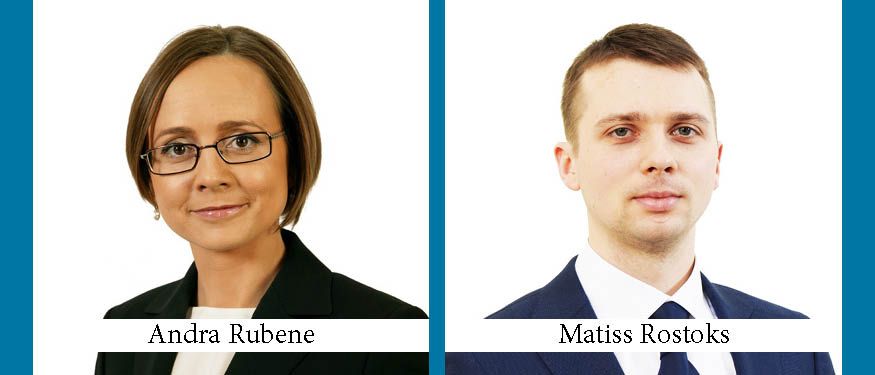When signs and symbols, usually words or pictures, are used in commerce in connection with particular goods or services they transform into a specific type of intellectual property – trademark.
A trademark is one of the constituent elements of a company’s brand, and its main feature to enable the proprietors to prevent other merchants from using the signs on the same or similar goods or services. This system enables the proprietor of the trademark to safely create the desired brand for its goods or services.
While in most cases trademark registration (or even active use) will ensure its undisturbed use, there is always a risk of trademark infringement. One of the common available legal remedies in case of trademark infringement is a claim for compensation of suffered damages.
The damages recoverable in cases of trademark infringement are the same as with other torts, and the general aim is to restore the victim to the position it would have been in if no harm had been committed.
The Latvian Trademark Law (the “TM Law”) stipulates that a person who has suffered from unlawful use of the trademark is entitled to request both material damages and compensation for moral damage caused. In most cases there are no issues regarding the calculation of moral damages, as the court shall determine the amount of the compensation for moral damages at its own discretion. Notably, the amounts of compensation for moral damages usually are modest. For example, in a case regarding the infringement of the IKEA trademark the court awarded only EUR 1,000 as compensation for moral damages.
While it is clear that the normal measure of damages is the depreciation caused by the infringement of the value of the trademark, the tricky part is the correct calculation of material damages.
In general, there are three types of material damages that can be levied in Latvia for trademark infringement: loss of profit, loss of licensing revenues (royalties), and compensation in the amount of profit gained by the infringer due to the trademark infringement.
Until the beginning of 2016, there was no clear case law from the Latvian courts as to whether the three types of damages could be claimed exclusively or cumulatively and whether loss of licensing revenues actually constituted an independent type of damages or was just a variety of loss of profit.
Similarly, due to the incorporeal nature of trademark it is extremely challenging in most cases to prove the causation between the infringement and lost profit. As a result, there are only few cases in Latvia where loss of profit has been awarded.
Another encumbrance stems from Latvian case law which suggests that claimants who ask infringers to cease and desist from the trademark infringement can not simultaneously claim lost licensing revenue, as the two claims are contradictory.
Due to the above obstacles, parties usually opted to claim only compensation for moral damages and not to claim any compensation for material damages.
In order to improve the situation, on January 1, 2016, amendments to the TM Law entered into force, and the TM Law now clearly states that there are three alternative and exclusive (i.e., the claimant is entitled to claim only one) types of damages that claimants are entitled to demand from trademark infringers: damages (i.e., lost profit), licence payments (i.e., payment that the trademark owner might receive for provision of licence to use trademark), and profits that the trademark infringer has gained as the result of infringement.
The main benefit from these amendments is the clear acknowledgement that profit gained by the trademark infringer exists as an independent type of damages. It is expected, therefore, that claimants will elect to seek this type of damages, as in most of the cases it is easier to prove the amount of profit gained by the trademark infringer than to prove the amount of lost profit of the claimant.
Recent amendments to the TM Law have improved the legal framework for the protection of the interests of trademark owners, and it is anticipated that the activity in litigation for compensation of material damages for trademark infringements will increase.
By Andra Rubene, Partner, and Matiss Rostoks, Associate, Tark Grunte Sutkiene

